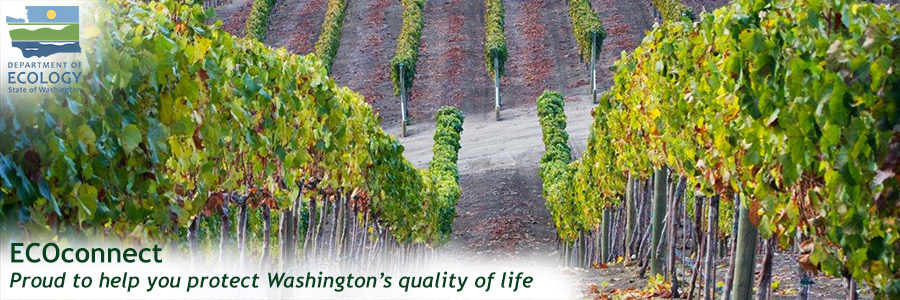Washington’s climate change forecast
With our temperate climate and typically wet weather, you
might think Washington would
Take a look at the thermometer chart below. If global emissions
continue to grow in a business-as-usual fashion, Washington is projected to
experience the “green” conditions at the bottom of the chart in the coming
decades. By the mid 21st century, though, that “business-as-usual”
trend will bring us into the “yellow” zone, which includes serious consequences
such as a 56-70 percent decrease in snowpack and large increases in ocean
acidity. By the end of the 21st century, we would be into the “red
zone.”
The predicted effects of these significant increases in average temperatures would be severe – large decreases in snowpack and summer precipitation, devastating increases in ocean acidity, increased flooding and jumps in sea level that will damage many Washington communities. Our best tool to prevent these effects is reducing emissions, both in Washington and around the world.
The predicted effects of these significant increases in average temperatures would be severe – large decreases in snowpack and summer precipitation, devastating increases in ocean acidity, increased flooding and jumps in sea level that will damage many Washington communities. Our best tool to prevent these effects is reducing emissions, both in Washington and around the world.
While the 21st century may seem like the distant
future, the effects of climate change can be seen today. Washington has already
suffered a substantial loss of snowpack mass in glaciers during the 20th
century, as shown in the chart below. While the severe drought in 2015 cannot
be attributed solely to climate change, scientists agree that it offered a
sobering preview of the conditions our state will regularly face as
temperatures rise.
Washington’s leadership limiting greenhouse gases
Many years ago, our Legislature recognized the threat
climate change poses to Washington. In order to protect our natural resources
and infrastructure for future generations, the Legislature set limits on the greenhouse
gas emissions that cause climate change.
At that time, Washington was a national leader in
establishing greenhouse gas limits. In concert with the latest science, today you’ll find that many states in the
U.S. have adopted more stringent limits than Washington did in 2008. Since
taking office, Gov. Jay Inslee has introduced a range of strategies to combat
climate change. Washington is a founding signatory of the Under 2MOU, an
agreement between 165 jurisdictions from 33 countries on six continents to do their part to limit warming below 2°
Celsius.
Updated recommended greenhouse gas limits
When Washington’s
Legislature adopted our state’s original greenhouse gas limits, it recognized
that that climate change science was rapidly evolving, and our legislators had the
foresight to require periodic review of our targets.
Today, there is a global
consensus that we need to reduce greenhouse gases. In 2015, 197 countries,
including the United States, committed at the United Nations climate summit in
Paris to do their part to limit increases in global temperatures to 2°C.
When developing updated
recommendations for Washington’s greenhouse gas limits, Ecology:
- Consulted with the University of Washington’s Climate Impacts Group on current climate science.
- Reviewed other state greenhouse gas limits.
- Considered Washington’s Under 2MOU commitment.
- Acknowledged the U.S. pledge to reduce greenhouse gases.
- Evaluated current Washington state policies aimed at reducing greenhouse gases.
Given the need to stabilize
atmospheric carbon (from greenhouse gases) in a way that limits global
temperature increases to below 2°C, and preferably below 1.5°C, Ecology is recommending
the Legislature adjust the current state limits.
Recommended limits:
- By 2020, reduce overall emissions of greenhouse gases in the state to 1990 levels (unchanged).
- By 2035, reduce overall greenhouse gas emissions in the state to 40 percent below 1990 levels (currently, 25 percent below 1990 levels).
- By 2050, reduce overall greenhouse gas emissions in the state to 80 percent below 1990 levels (currently 50 percent below 1990 levels).
Earlier this month, Ecology provided the Washington
Greenhouse Gas Emission Reduction Limits report to the Washington Legislature.
While the Legislature has no obligation to adopt the recommended limits, given
the projected impacts on Washington, Ecology believes that the Legislature,
local governments and state agencies must work together to reduce greenhouse
gases.
By Camille St. Onge, Air Quality Program














